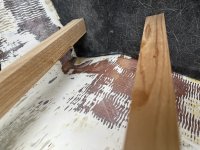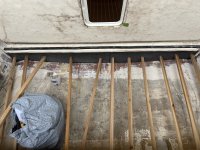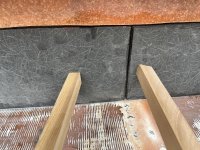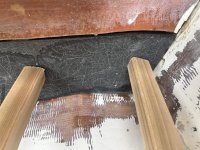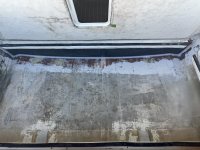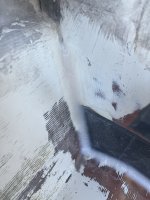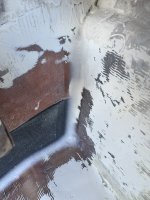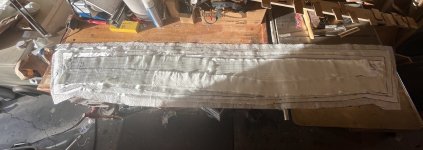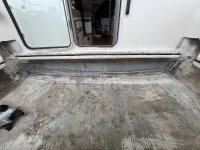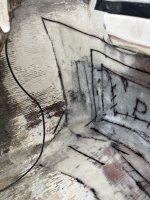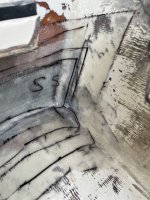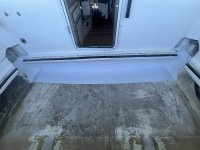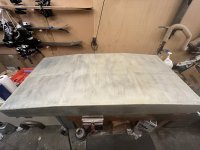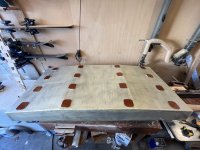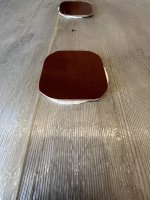LuckeCatanias
Member
- Joined
- Apr 17, 2025
- Messages
- 37
- Reaction score
- 7
- C Dory Year
- 2005
- C Dory Model
- 25 Cruiser
- Hull Identification Number
- CD025115D505
- Vessel Name
- Pearl (formerly Daydream)
I 3D modeled the tank to think about how to do my spacers for the bottom of the tank.
I think my solution will be to reinforced epoxy in a series of hdpe rails to the bottom of the hull. I’ll rip 1/2 inch thick 1 inch wide strips with a 1/8 inch groove cut into the the periphery of the 1/2 inch to act as a keyed feature to mechanically secure the hdpe to the hull.
Then on the tank itself I’ll bond a matrix of micarta washers to act as a wear surface to protect the gflex coating on the tank proper.
Here’s the layout for the micarta.
The limited area of the micarta will limit the any induced stress between the aluminum tank and micarta due to their different thermal expansion rates. I think previously expressed concerns about bonding rails to the tank were around this idea. The micarta won’t be directly contacting the aluminum, just sitting on the gflex.
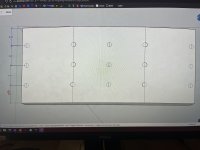
I think my solution will be to reinforced epoxy in a series of hdpe rails to the bottom of the hull. I’ll rip 1/2 inch thick 1 inch wide strips with a 1/8 inch groove cut into the the periphery of the 1/2 inch to act as a keyed feature to mechanically secure the hdpe to the hull.
Then on the tank itself I’ll bond a matrix of micarta washers to act as a wear surface to protect the gflex coating on the tank proper.
Here’s the layout for the micarta.
The limited area of the micarta will limit the any induced stress between the aluminum tank and micarta due to their different thermal expansion rates. I think previously expressed concerns about bonding rails to the tank were around this idea. The micarta won’t be directly contacting the aluminum, just sitting on the gflex.


